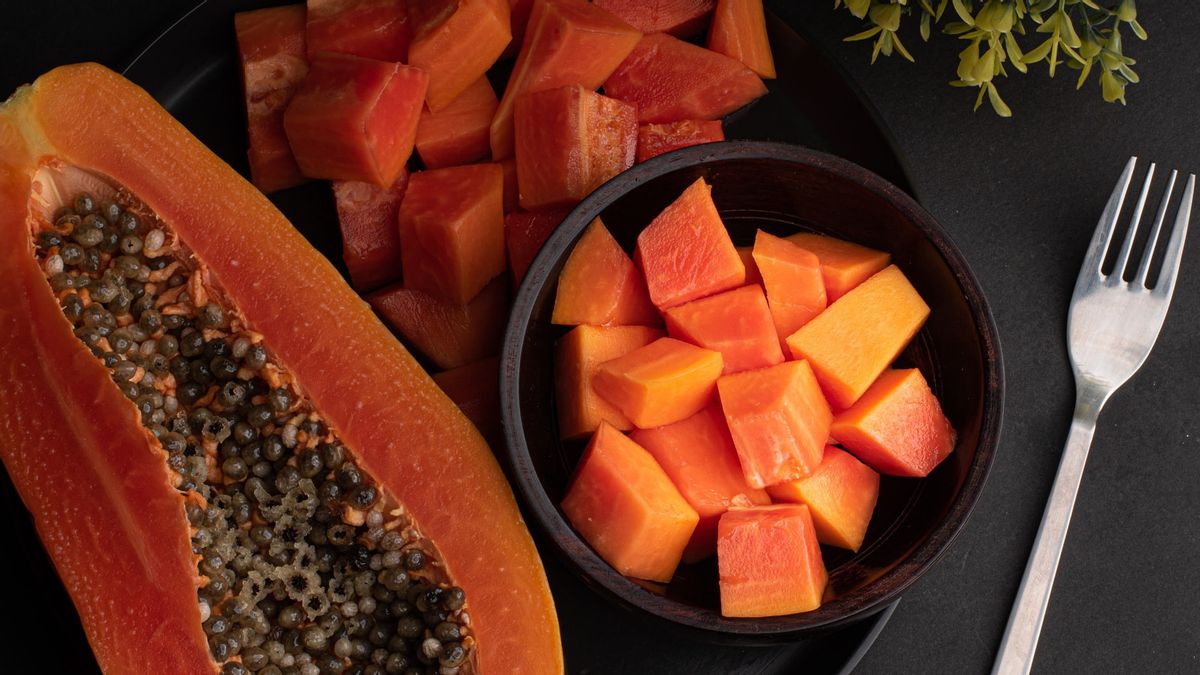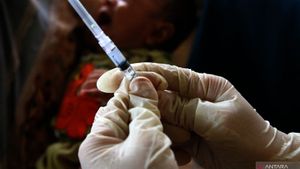YOGYAKARTA – Human papillomavirus or HPV is a type of virus that can infect many types of tissues, including the skin and genital area. Most HPV infections are generally harmless. But some types of them can survive and can cause the development of abnormal cell growth, even cancer.
The study was conducted to examine the diet in women and the risk of HPV infection and abnormal cell growth. The first study showed that consumption of foods high in beta-cryptoxanthin, particularly papaya fruit, was associated with lower rates of HPV infection and a lower risk of cervical lesions. Launching the Eat To Beat Cancer page, this study adds to the list of benefits of consuming papaya, in addition to being proven that this sweet fruit can reduce the risk of breast, lung, and gallbladder cancer.
There are more than 200 known types of human papillomavirus (HPV). While most types do not cause papaun symptoms. Although they can affect many parts of the body, most types of HPV fall into two broad categories: infections that affect the skin or the genital area. Skin HPV infection, which infects the skin is generally harmless. While genital HPV, although most are benign, some types of infection are persistent and can cause lesions and even cancer.

Most HPV infections clear up within a short time. But some infections can persist which eventually lead to the development of cancer. An epidemiological study of more than 400 women who tested positive for HPV was evaluated for one year.
Subjects were categorized into two groups, those with transient infection and persistent infection. The diets of the participating subjects were closely monitored. The study found that persistent HPV infection was lower in women who consumed beta-cryptoxanthin, or a carotenoid found in many brightly colored foods. One of them is papaya, which is brightly colored and contains good compounds that reduce the risk of HPV infection and cervical lesions.
Another epidemiological study was conducted in Brazil which investigated the effect of diet on the development of cervical squamous intraepithelial lesions (SIL). SIL is an abnormal growth of epithelial cells in the cervix, and has the potential to become cancerous. This study shows that women with HPV infection are at risk of developing SIL. This particular study compared 93 HPV positive women with SIL with 172 women with HPV without SIL. The results found that those who consumed more papaya had a lower risk of developing SIL. This is an important finding because under certain conditions, abnormal growth of epithelial cells can lead to cancer.
Based on the two studies above, eating papaya is beneficial not only in reducing the frequency of HPV infections, but also reducing the risk of HPV leading to more serious conditions such as SIL. Despite the mechanism by which papaya can reduce the risk of persistent HPV and SIL, beta-cryptoxanthin compounds have been identified as potential chemopreventive agents.
The English, Chinese, Japanese, Arabic, and French versions are automatically generated by the AI. So there may still be inaccuracies in translating, please always see Indonesian as our main language. (system supported by DigitalSiber.id)













